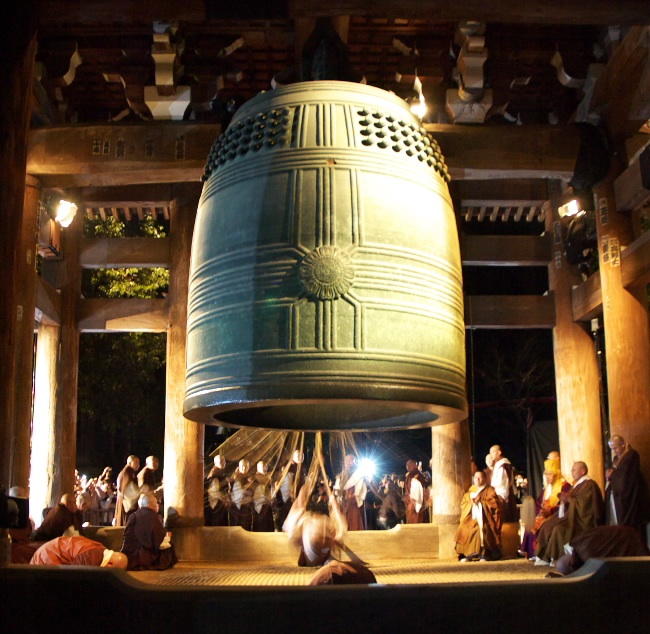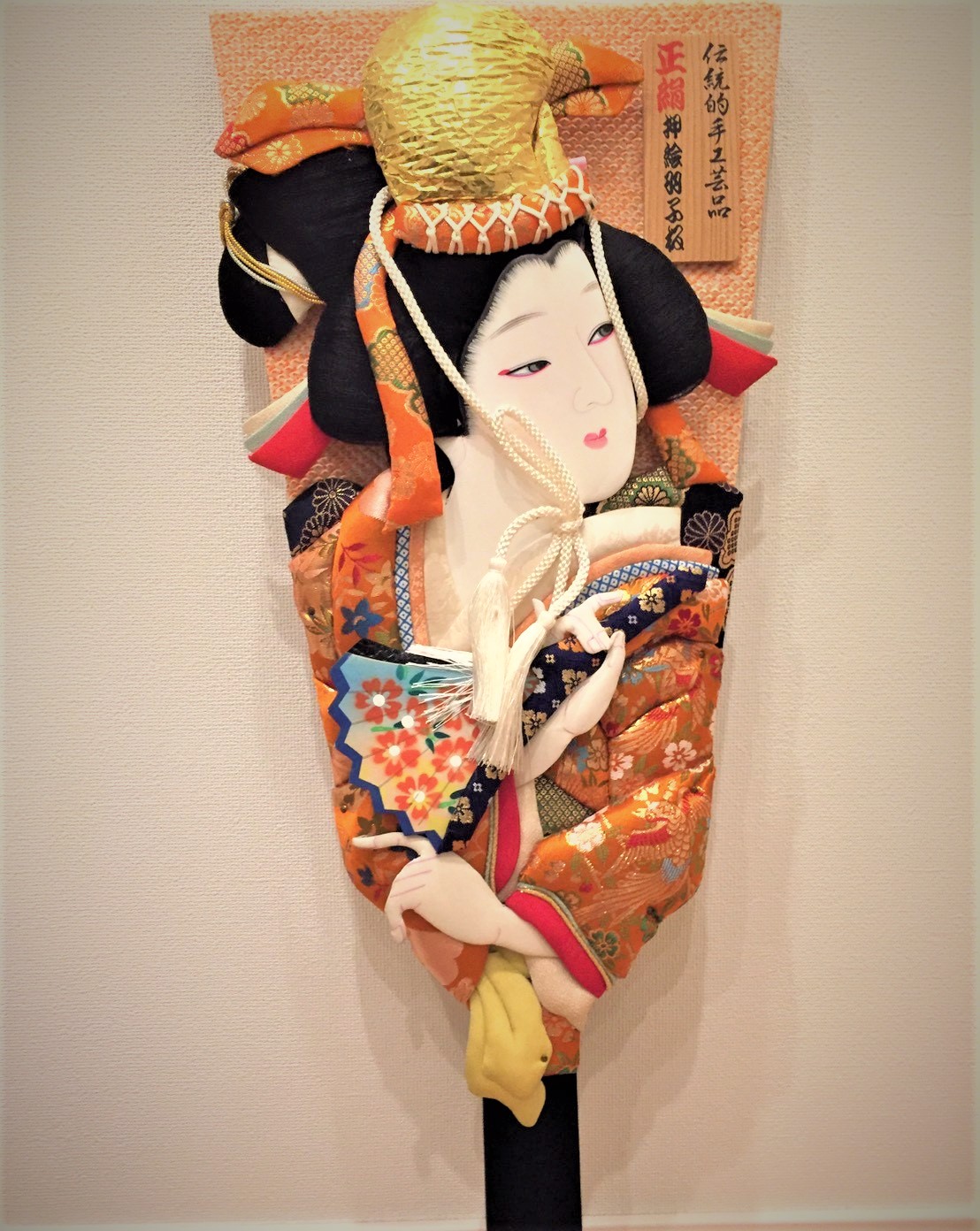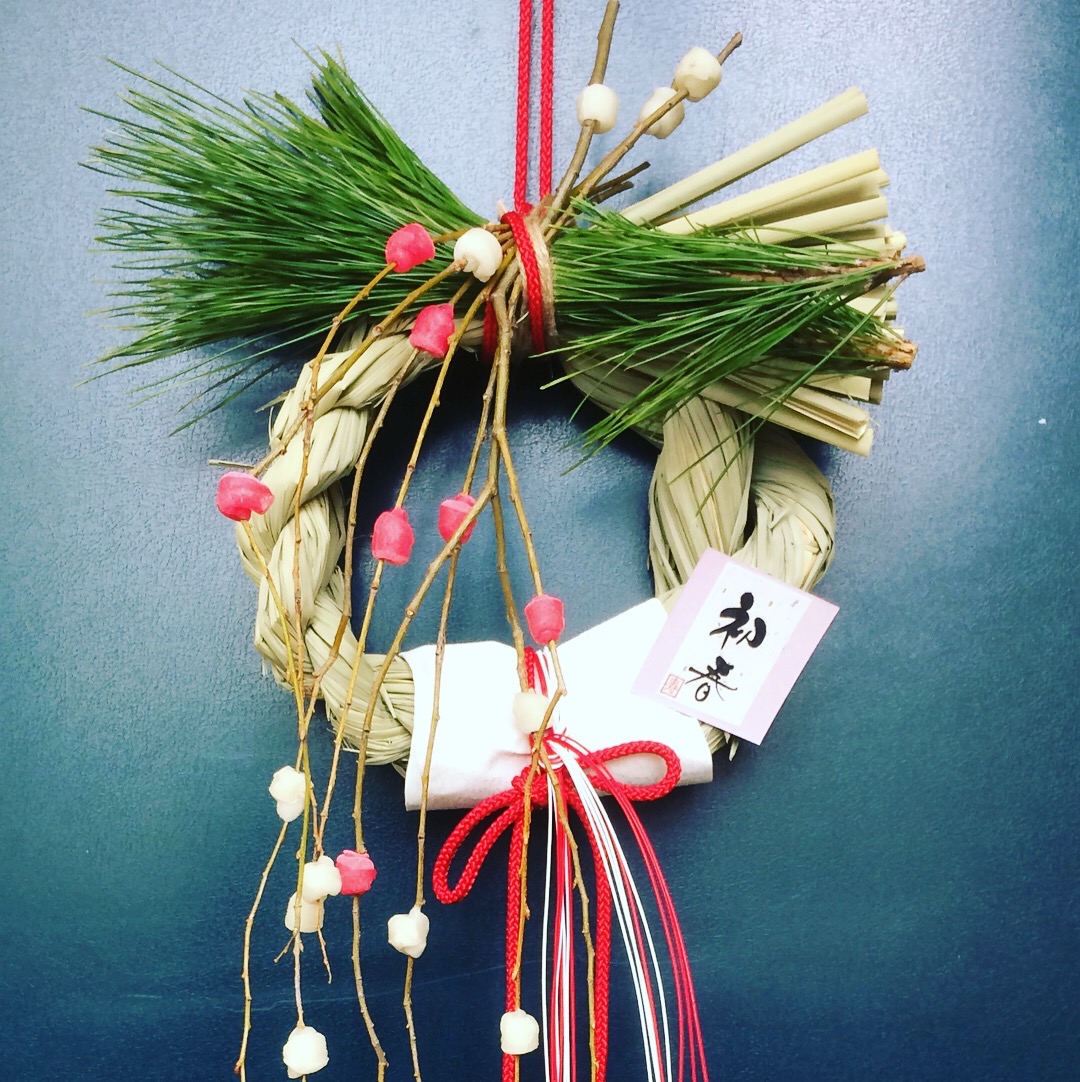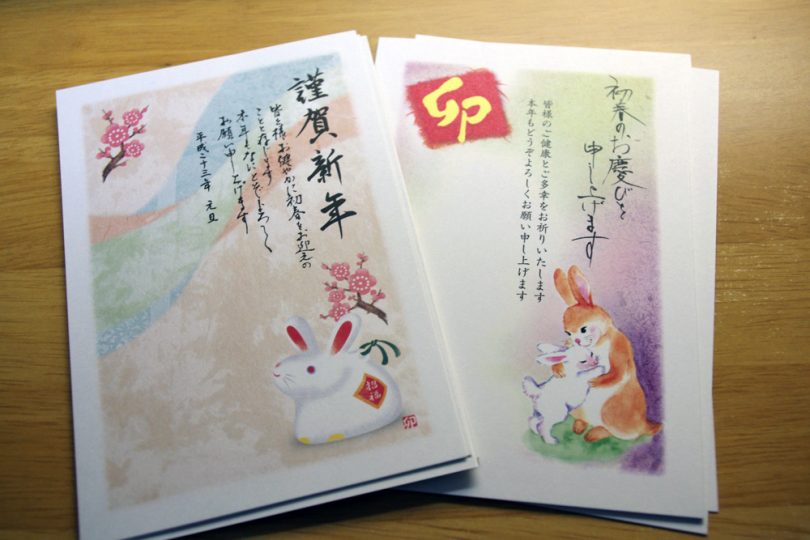New Year is around the corner, and the whole world is prepping up to welcome it. People bid goodbye and wait for the new year with all their hearts. Different countries celebrate the New Year in their own sweet ways. For instance, Japan welcomes the new year with many ancient customs and traditions.
Being an overwork capital of the world, the New Year’s holidays give enough time to the people of Japan to relax and celebrate the upcoming year with full excitement and enthusiasm.
How do the Japanese Celebrate the New Year?
Want to know how the Japanese celebrate this time of the year? Here are their famous customs and traditions:
-
Joya No Kane
Every year, on the midnight of the 31st of December, the Buddhist temples all over the country ring their temple bells. This practice is perceived 108 times. The event is known as Joya No Kane.
The number of bells represents the number of human desires. According to the Buddhist faith, these desires are the sole reason for the pain and suffering of human beings. This tradition is performed to drive them away from the negative emotions from the last year and welcome the new one with hope and positivity.
-
Kadomatsu
This ritual is all about decorating the front of the Japanese houses with Kadomatsu. It is made using pine, bamboo, and plum tree.
According to several legends, Kadomatsu is the temporary dwelling place of Gods who visit to bless all those who decorate their homes. The tradition is practiced for a whole week. On the 15th of January, Kadomatsu is burned, and the Gods are released.
-
Kagami Mochi
Another Japanese decoration for the New Year celebration includes Kagami Mochi. It is made using two round Japanese cakes. The smaller one is placed on the top of the bigger one, and a bitter orange sits on the summit of this arrangement.
These two rice cakes symbolize the year that you have left behind and the year that is ahead of you. The orange on the top shows the continuation of one family generation to the next. The Japanese break mochi on the second weekend of the new year, followed by cooking and eating them.
-
Hagoita
Hagoita is referred to as a rectangular wooden paddle. It was originally used to play Hanetsuki, traditional Japanese badminton.
According to many myths and stories, Hagoita helps to drive away from the evil spirits. It is decorated beautifully using 3D models made of wool, silk, and washi Japanese paper. Hagoita represents faces from the famous theater plays of Japan like kabuki actors, geisha, and even sumo wrestlers.
-
Oshotgatsu-kazari
Families in Japan also decorate their living spaces with Oshogatsu-kazari as a part of the New Year’s celebration. They commonly comprise Kadomatsu, Kagami mochi, and Shimekazari exhibiting varied beliefs.
The timing of this decoration, too, has a role to play. According to the locals, if you rush to decorate your house only on the last day of the year, it will anger God and bring bad luck all over your homes. Thus, do not rush with a one-night decoration and start getting it up before the days preceding the last day.
-
Toshikoshi Soba
After cleaning and decorating their homes according to rituals, preparing Toshikoshi Soba also forms a part of the New Year celebration in Japan. These are the long noodles that indicate a general wish for a long life full of attention to detail and precision.
It is also considered a symbol of letting go. If you have had a bad year, the preparation of Toshikoshi Soba hints you to let the bygones be bygones and welcome the new year with a positive approach. Moving on may be painful, but it is equally strengthening.
-
Nengajo
Family constitutes a big part of the celebrations for New Year in this country. It is a custom for the relatives to send each other wishes through cards. Nengajo or Nenga is the New Year’s greetings that the Japanese share among each other on this special day. The post offices in the country also make special efforts to ensure that everyone’s Nenga gets delivered on New Year’s Day.
Traditionally Nengajo is sent to arrive on the 1st of January and features the animal zodiac symbol of the new year. So, what do these cards include? The content inside the car is a congratulating message for the family. It also includes showering gratitude to the family that does something special for them in the preceding months. But these cards aren’t sent to the families that have experienced the death of a family member.
-
Hatsumode
Japanese also head out for Hatsumode during the first few days of the new year in Japan. It is the first shrine visit of the year. People visit the shrine to pray, make wishes, express gratitude, and stock up on the lucky charms.
As you walk down the roads, you will witness that the Buddhist temples and Shinto shrines are decorated beautifully and lively on this day. You will also see a festive atmosphere around them as many vendors put up their stalls for the visitors.
-
Otoshidama
Otoshidama is perceived as the most exciting tradition for young people in Japan. It includes giving money to the children from their grandparents, parents, and relatives. The money is a gift for the upcoming year.
Money is exchanged among the little ones to show appreciation for their efforts and hard work in the school in the previous year. In general, the amount of money starts from 5,000 yen. It keeps on increasing as the child ages.
-
Omikuji
Omikuji are fortune representations written on small strips of paper. They can be bought at the temples and shrines for a small fee. The best Omikuji is Daikichi, and the worst one is Kyou.
These fortunes are scrolled up and folded to be a part of the suspense game. If you receive a bad one, you should try and use the less-dominant hand to tie it to a fence where all the bad fortunes rest. This practice means that you have left bad luck behind you.
No wonder Japan is a land of cultures and traditions. For more on lifestyle and stories around the world, stay connected.










